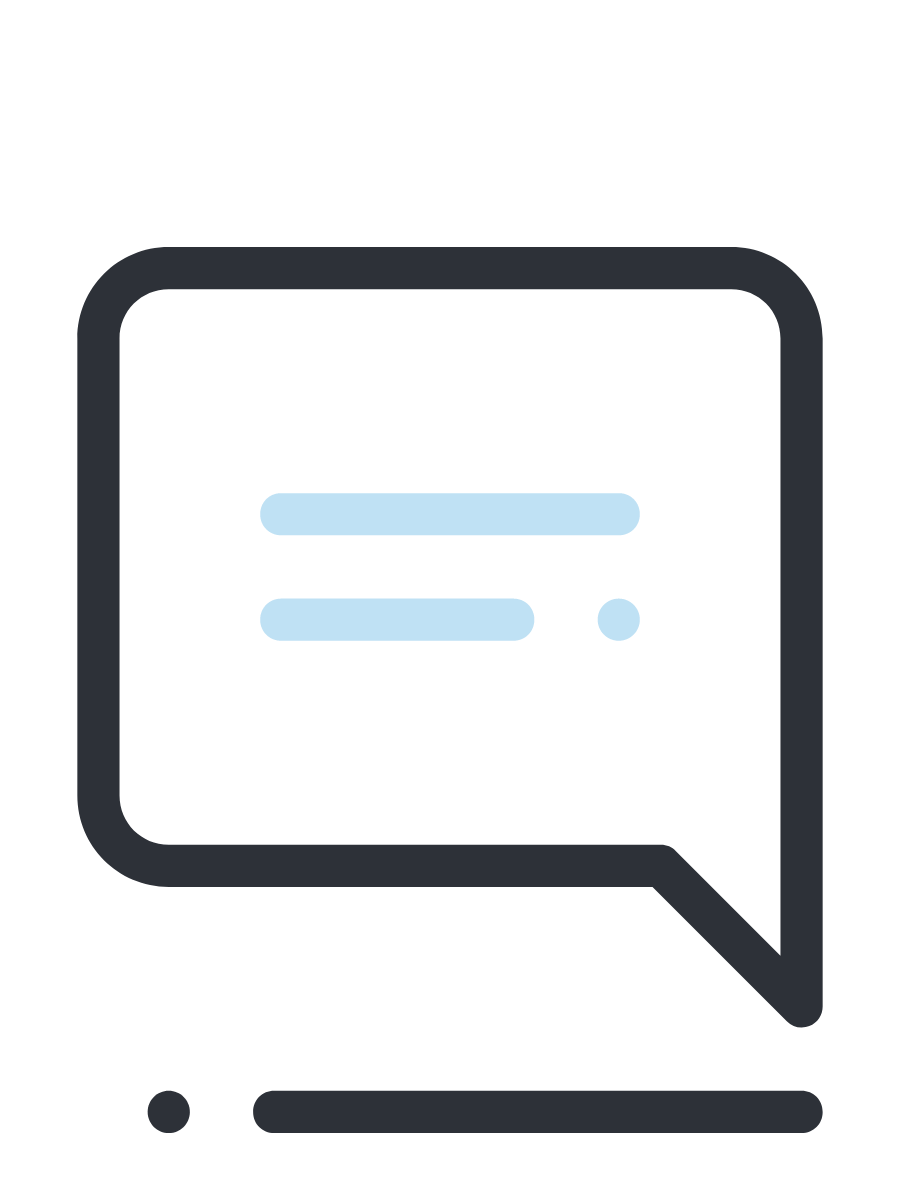What are DOIs and why are they needed for referencing?
Digital Object Identifiers (DOIs) are special strings of alphanumeric characters that form a persistent link to individual publications. They are issued at the time of publication, much like an ISBN or a serial number. DOIs can be attached to a number of different publications, including journal articles, books and chapters, conference papers, and so on.
A number of referencing styles (including APA, Harvard, Chicago, and Vancouver) require that you include DOIs for publications where they have been assigned. This guarantees that others will be able to access your listed references, as DOIs offer persistence and permanence that standard URLs (links) do not.
Formatting DOIs for APA 7
To format DOIs for APA 7, you should use the link version, e.g. https://doi.org/10.1016/j.biocon.2004.03.029
If you see the DOI written as doi:10.1016/j.biocon.2004.03.029, you can copy from the "10." onwards and paste after the link https://doi.org/
|
Remember to remove the University proxy (ezproxy.newcastle.edu.au) from all DOI links, for example: https://doi-org.ezproxy.newcastle.edu.au/10.1080/14783363.2019.1576516 would need to be 'cleaned-up' to look like: https://doi.org/10.1080/14783363.2019.1576516 |
How can I find if my publication has a DOI?
DOIs can usually be found:
1) On the abstract/summary page for the publication:
Some DOIs are listed as the full link (shown above), others will be included as a part of the source information (along with the journal name, etc).
2) On the PDF of the publication itself:
Sometimes DOIs will be on the cover sheet, other times they will be located towards the top or the bottom of the first page of the publication (as shown above).
Can't find the DOI for your publication?
Not all publications have a DOI, and not all databases list DOIs where available.
If you are unable to locate a DOI for your publication, you can check the free DOI lookup services at CrossRef which works for all DOIs (not just journal articles).
Metadata search is the easiest way to use CrossRef, and can be done by simply entering your title into the search box on the main page and hitting Enter.
The results will then be displayed in a screen similar to the one below:
Note that using this search will also provide a number of results that are similar to the publication that you're searching for, so always check that you have the correct publication.
If you are still unable to find a DOI, end the reference as you would normally (according to your required referencing style) for a resource without a DOI.
How can I use a DOI?
If you have a DOI, you can go to https://www.doi.org/ and type or paste it into the search box (circled in red above).ace
This will ‘resolve’ the DOI and take you to the publisher’s site/database where you may be able to download the full text, and/or export the citation into citation management software.sp
Note that some DOIs may not ‘resolve’ due to problems with publisher databases, and/or the Library may not have subscription access directly via the publisher.






